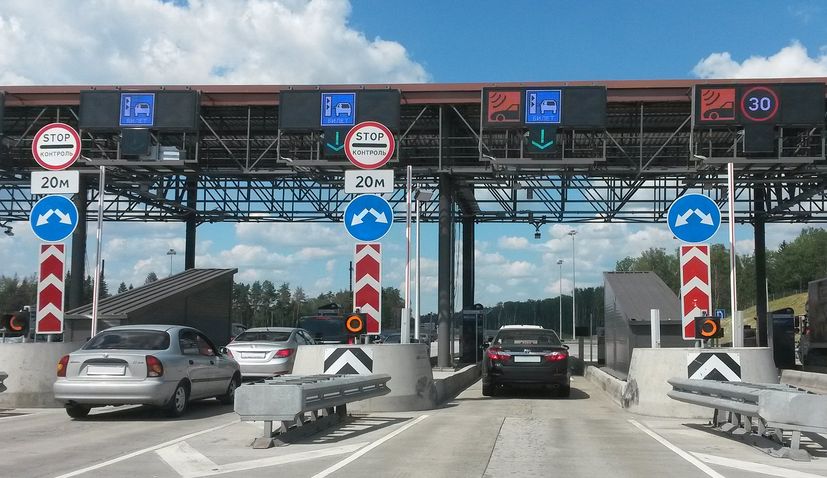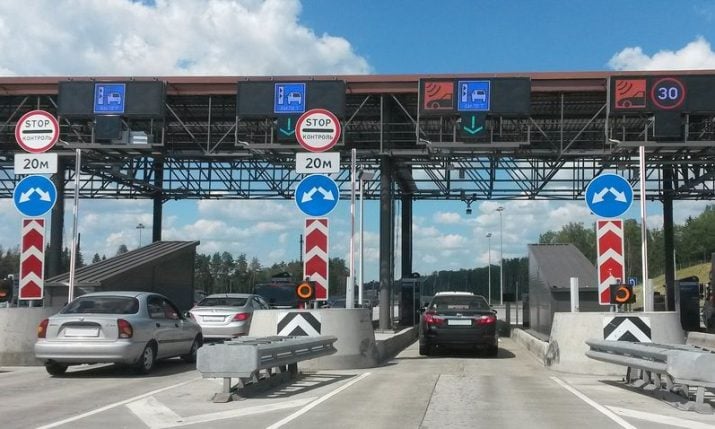by croatiaweek
July 20, 2025
in

Travellers planning to visit Croatia and other European destinations from outside the EU will soon need to pay a higher fee to enter.
The European Commission has confirmed this week that the European Travel Information and Authorisation System (ETIAS) will cost €20 per application when it launches in late 2026 — nearly triple the originally planned €7.
ETIAS will be a mandatory pre-travel requirement for visitors from over 60 countries who currently enjoy visa-free access to the Schengen Area.
This includes nationals from the United Kingdom, United States, Canada, Australia, Japan, and South Korea.
While these travellers won’t need a visa, they will be required to obtain an ETIAS authorisation before departure.
The new €20 charge is intended to cover the full operational costs of the system, taking into account inflation and comparisons with similar schemes, such as the US ESTA ($21) and Canada’s eTA (CAD 7).
The European Commission says the increase reflects the expanded scope and complexity of ETIAS, and ensures its long-term financial sustainability.
Once launched, applicants will need to complete a simple online form requesting personal details, travel document information, and responses to basic security questions.
The majority of applications are expected to be approved within minutes through an automated system. If further checks are needed, processing could take longer, but the process will remain digital.
An approved ETIAS will be valid for three years or until the traveller’s passport expires – whichever comes first.
Exemptions from the fee will apply to children under 18, adults over 70, certain family members of EU citizens, and holders of diplomatic passports under specific conditions.
The authorisation will be checked by both carriers and border officials before and upon entry. Participating countries include all EU states (excluding Ireland), plus the Schengen-associated countries: Iceland, Norway, Switzerland, and Liechtenstein. Bulgaria, Romania, and Cyprus are also expected to take part once ETIAS is live.
ETIAS has been in development since 2016 and was originally expected to launch in 2022. The new timeline sets its debut for the final quarter of 2026, pending a two-month review period by the European Parliament and Council.
The system is part of the EU’s broader digital border strategy, aimed at strengthening security, improving migration management, and screening potential health or security threats before travellers reach European borders. It will operate alongside systems like the Schengen Information System (SIS) and the Entry/Exit System (EES).
